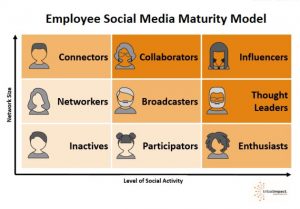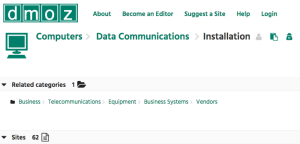Ad Blocking is A Real Threat to Publishers
Online publishers have continued to face quite a bit of trouble in the business world. While the demand for content has only increased, the traditional methods of revenue have floundered. This holds especially true within most online publication sites that deliver ads to their viewers.
Multiple options have been explored to better address revenue issues within online publications. This includes a variety of advertising campaigns that often seem invasive to regular viewers. The most obvious example here is the paywall pop-up that prevents visitors from reading unless they subscribe, complete a survey or complete another related action.
Of course, a direct consequence from this type of ‘pay-or-act’ dynamic is obvious: decreased readership. And the way many readers have sidestepped the revenue model of online publications has come through ad blockers.

Understanding Why Ad Blocking Happens
Ad blocking has continued to become the thorn in the side of online publications. Obviously, one of the primary concerns of most publishers has been to understand the true ‘why’ behind the use of these technologies.
In many cases, the use of ad blocking technology has come because of an onslaught of negative advertising experiences.
This type of dynamic has made many web surfers highly defensive of any type of advertising. That means they frequently seek out ways to avoid or block ads altogether.
Much of this distrust has come from intrusive or obnoxious pop-up ads that directly interrupt web browsing experiences. Over time, these types of ads increasingly bother readers who simply want to access a story or read an article. Eventually, readers seek out two very troubling solutions within the realm of online publishing:
- Stop reading from sites with invasive/intrusive ads.
- Install ad blocking extensions to prevent these types of ads altogether.
In the end, readers want to visit a news or publication site to receive great content. If their user experience is interrupted or affected by intrusive ads, they will respond. This response often falls back to these two aforementioned consequences.
The elephant in the room is simple: how can online publications expect to continue making revenue when they know they’re losing their audiences due to these issues?

A Simple Question: The Ad Blocking Solution?
As countless online publishing companies and news sites scramble to find a solution to decreasing revenue, an obvious solution has become clear to just a few:
What if we just ask users to turn their ad blockers off?
This direct and unobtrusive question seems rather benign at the surface level. But from a logistics point of view, this question is extraordinarily important. And it has helped to reshape the entire revenue climate within this industry.
Forbes has tried this strategy with good results. According to their report, 42.3% of those asked, have either disabled their blockers or whitelisted Forbes.com.
Making the Change to Continue Ad Delivery
Despite the ad blocking climate within the online community, advertising remains critical to any publishing company. There’s no denying that without advertising, news and other online publishing sites will fail.
So the question immediately emerges: how do you continue to make money from ads despite the rising number of visitors using ad blockers?
Believe it or not, the answer boils down to the aforementioned question. Several major online publications have simply asked their ad blocking viewers to disable the service or extension that delivers the ads. The promise is that the ads that will come through are not invasive, intrusive or interruptive of the reading experience.
A combined data study from multiple high-profile online publications – GQ, IDG Communications, and Forbes respectively – all lend some credibility to this sentiment. As the data study suggestion, 30-40% of users are more likely to whitelist an online publication when the site directly asks them to do it.
In most cases, when these sites detect an ad blocking software, they don’t try to circumvent the technology that stops its delivery. Instead, they give readers a message that informs them of the importance of ad revenue to help continue funding that particular publication.
This message, combined with less invasive and intrusive ads, directly impacts readers who want to continue consuming content from these sites. And it’s precisely why such an impressive percentage of readers are willing to whitelist these sites and allow ads to display.
How to Talk to Your Readers
Directly and authentically communicating with readers is one of the highest concerns within online publications. And this type of communication is especially critical when it comes to ad blocking, whitelisting and related topics.
Here are a few pointers about how an online publication can effectively communicate with their readers:
- Be Genuine & Authentic: As the above stats showed, clearly and genuinely communicating the importance of ad revenue had an impact on regular readers. Simply stating the consequences (i.e. shutting down) due to ad blocking can compel readers to whitelist a site.
- Explain the Importance & Necessity of Ads: Remaining honest about how ad revenue allows a site to operate can help readers understand its importance. Accordingly, a direct call-to-action can compel them to whitelist a site so that they can continue to enjoy the content.
- Commit to Providing Content Without Invasive Ads: In the end, online publications need to commit to preventing invasive ads that interrupt the user experience. No matter how lucrative an ad contract may seem, if the delivery of those ads is invasive, it will inevitably alienate an audience. Publications must commit to ads that are non-invasive – and hold themselves accountable when advertisers push those boundaries.
Online Publications: Here to Stay
While ad blocking was once the “online publication killer,” it’s clear that ads can continue generating revenue for these sites. As long as these sites communicate with their audience (asking them to disable and whitelist while ensuring ads are unobtrusive), there is a definite future for online publications.
Digital & Social Articles on Business 2 Community(183)





